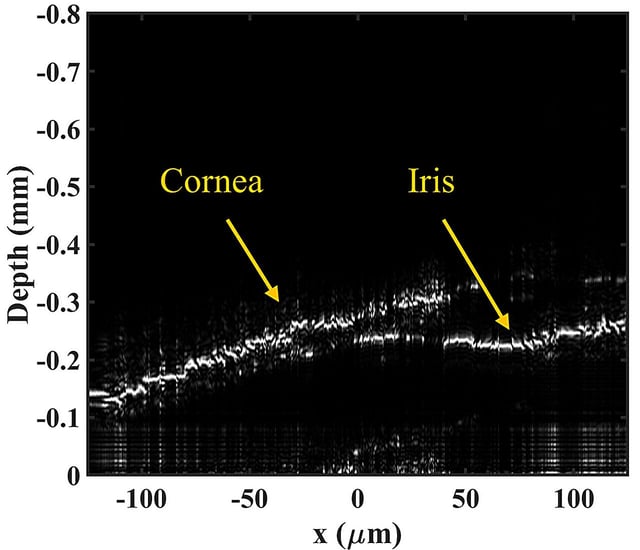Overview
- The prototype uses electrowetting-based beam steering instead of mechanical mirrors to cut power consumption and reduce moving parts.
- Laboratory tests on zebrafish eyes met the team’s resolution targets of about 10 microns axially and 5 microns laterally and clearly resolved cornea and iris structures.
- The findings were published in Optics Express and backed by funding from the Office of Naval Research, the National Institutes of Health and the National Science Foundation.
- Researchers aim to miniaturize the scanner into flexible, small-diameter endoscopes for potential retinal and coronary imaging applications.
- Additional engineering work and validation in human-relevant tissues are needed before the device can be integrated into clinical diagnostic workflows.
